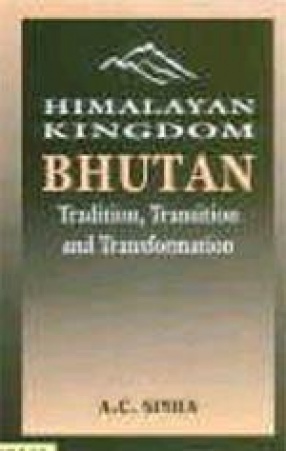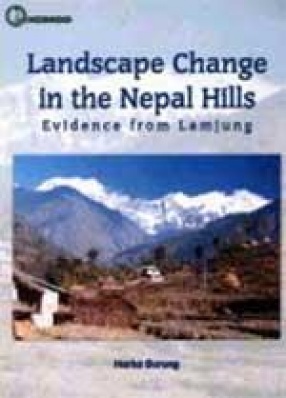Colonial Legacy and Environmental Crisis in Northeast India
The book presents a historical and contemporary analysis of the environmental resources, examines the British colonial legacy in forest management and identifies the contours of environmental crisis in the Northeast India. After introducing the region, its natural resources and the pre-British socio-economic structure, the book describes the British forest policy, introduction of tea plantation creation of forest department and forest reserves and initiation of timber trade for generating revenue for the state. The colonial short sighted policy in creation of forest villages as captive labour required for clearing the forests and cutting timber, identification of grazing pastures in the forests for earning revenue leading to peasant settlements and encouraging axe men to cut timber from tribal forests for supplying soft wood to tea planters boomeranged in present environmental movements in the country as a reaction, raised by Sonaram Sangma against the forest reservations in the Garo Hills. At the end the book refers to aspects of environmental crisis and how the region is coping with it through various environmental movements. Two appendices on colonial forest rules and forest education, training and research in British India are of great value to understand the predicament of the forest department at present. The book based largely on the archival data and the government records may be of interests to academics, planners, NGOs environmental activists, foresters and a wide range of concerned citizens of the region at large.
Get it now and save 10%
BECOME A MEMBER









Bibliographic information